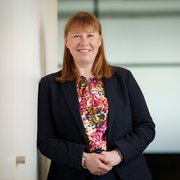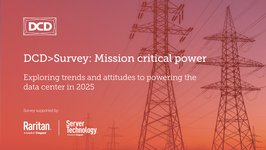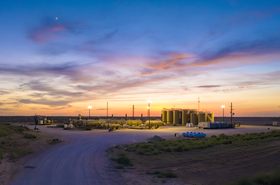The major global technology firms are investing heavily to meet the expected demand for Artificial Intelligence (AI). Between them, the major hyperscalers have pumped billions of dollars into the AI revolution, with significant recent increases in infrastructure funding.
It is estimated that demand for electronic services will double (and may triple) the size of the data center industry over the next ten years. It will require an estimated 38GW of new capacity for generative AI alone by 2028.
The sheer scale of AI ambition has forced a dramatic review of the tech companies’ sustainability goals. In 2020, Google pledged to run entirely on carbon-free energy by 2030. Microsoft soon followed with a similar commitment to become carbon-negative in a decade.
Those green goals are looking increasingly unrealistic. Last year Microsoft increased its greenhouse gas emissions by 30 percent. Earlier this year it announced that it intends to triple its data center capacity within 12 months.
This tension between increasing calls for net zero and sustainability versus the growth in need for processing and storage power gives us a ‘wicked problem’. I don’t mean this in the sense that it’s a good one – I mean we face a challenge with all the hallmarks of a wicked problem as defined originally in the 1970s. This means a problem which has so many competing, changing, and indefinable factors it seems impossible to solve – like sand slipping through your fingers.
The most significant issue is the lack of power supply. The latest International Energy Report suggested that data center energy usage would double by 2026 to more than 1,000TWh. It estimated that data centers, cryptocurrencies, and AI consumed about 460 TWh of electricity worldwide in 2022, almost two percent of total global electricity demand.
Against a backdrop of increased demand and lack of power, sustainability quite rightly places further pressure on our sector, with growing expectations and more demanding legal requirements.
Indeed, the first reporting deadline for energy and sustainability data to meet the European Energy Efficiency Directive is on September 15. Scrutiny and efficiency requirements will only get more demanding as all nations struggle with the transition to net zero.
How can we solve our wicked problem – or navigate this uncertainty? A wicked problem has just three possible pathways to a solution; authoritative, competitive, or collaborative.
Three solutions
An authoritative solution would see greater legislation and regulation. The disadvantage here is that any experts charged with solving the problem won’t have an appreciation of all the perspectives needed to tackle the problem. This has been seen in other sectors such as the electricity grid in the UK. Here, the regulator is Ofgem, and there are numerous examples of the regulation driving bizarre behavior and unintended outcomes, including a massive queue of ‘zombie’ projects clogging up the system.
A competitive solution would leave it to the various stakeholders to come up with their own path forward. This might encourage some different and innovative ideas, but this adversarial approach just creates a confrontational environment in which knowledge sharing is discouraged and progress will be incremental and insufficient.
The final way forward, and my preferred path, is a collaborative approach. This method aims to engage all stakeholders to find the best possible solution from every perspective. A significant advantage is the creation of a strong information-sharing environment which would enable pace and scale.
To achieve this, we need to work with and across all stakeholders – including customers, cloud providers, supply chain elements, national electricity generator and transmission suppliers, regulators, and government policymakers.
A recent good example of the collaborative approach needed is the call to the energy industry by hyperscalers seeking out opportunities to help fund the development of advanced clean energy technologies (such as advanced nuclear, next-generation geothermal, clean hydrogen, and long-duration energy storage) to help cost-effectively decarbonize the grid. Effectively aiming to match power demand for data centers and digital technology to de-risk the development of power infrastructure.
An expansion of this approach could be the planning of entire regional developments in clean energy zones. This could combine housing with a data center and clean power source in the same place – with spin-off benefits like district heating. This could place digital infrastructure at the center of beneficial development, rather than setting it at odds with other social infrastructure development needs.
To make the changes needed to meet this unprecedented demand and solve our wicked problem we need to work harder and more openly. Let’s open our arms wider and have joint conversations.
We need to engage with communities and regulators to raise the industry's profile. We need to be good neighbors and improve the data center industry's reputation.
We must work on solutions and sustainability initiatives that can be applied industry-wide rather than individually. Or else we will simply fail to deliver the digital infrastructure required because regulation will stop us, and we will wrestle with the ramifications of that outcome for many years to come.




